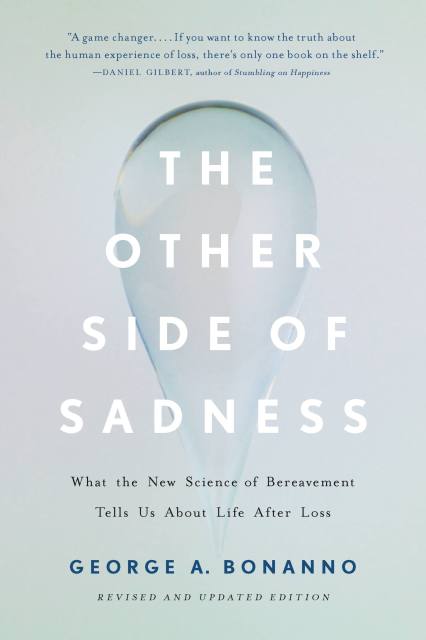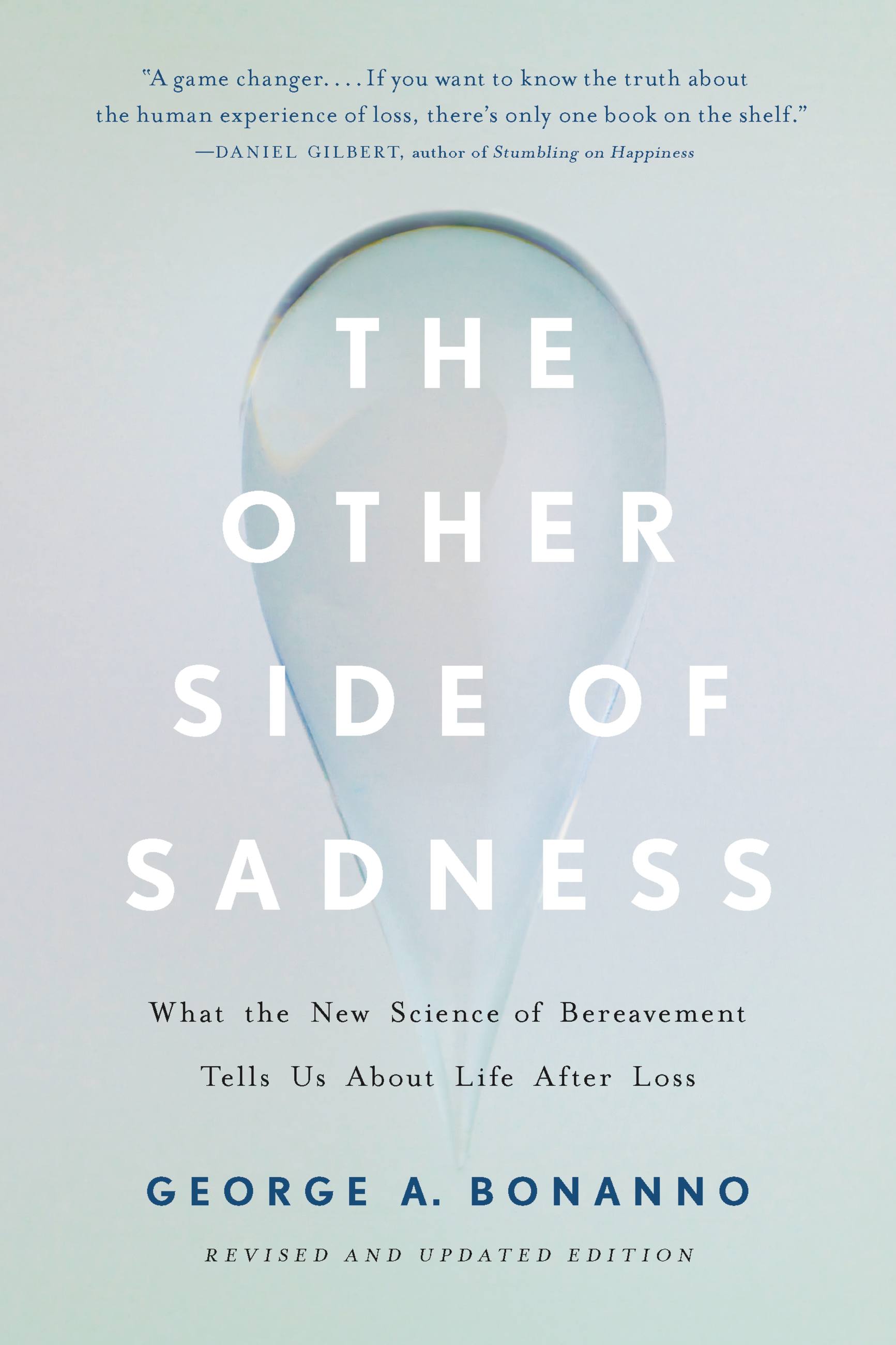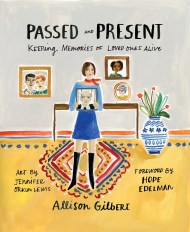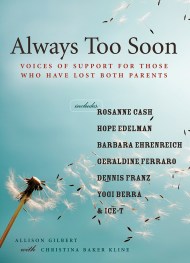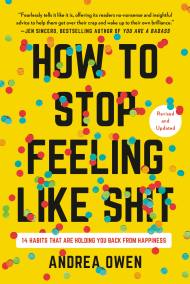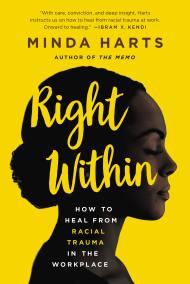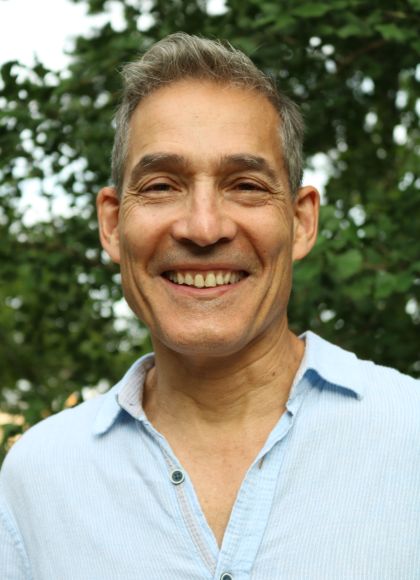Promotion
Use code MOM24 for 20% off site wide + free shipping over $45
The Other Side of Sadness
What the New Science of Bereavement Tells Us About Life After Loss
Contributors
Formats and Prices
Price
$12.99Price
$16.99 CADFormat
Format:
- ebook $12.99 $16.99 CAD
- Audiobook Download
- Trade Paperback (Revised) $18.99 $23.99 CAD
This item is a preorder. Your payment method will be charged immediately, and the product is expected to ship on or around November 5, 2019. This date is subject to change due to shipping delays beyond our control.
Also available from:
In this thoroughly revised and updated classic, a renowned psychologist shows that mourning is far from predictable, and all of us share a surprising ability to be resilient
The conventional view of grieving–encapsulated by the famous five stages of grief: denial, anger, bargaining, depression, and acceptance–is defined by a mourning process that we can only hope to accept and endure.
In The Other Side of Sadness, psychologist and emotions expert George Bonanno argues otherwise. Our inborn emotions–anger and denial, but also relief and joy–help us deal effectively with loss. To expect or require only grief-stricken behavior from the bereaved does them harm. In fact, grieving goes beyond mere sadness, and it can actually deepen interpersonal connections and even lead to a new sense of meaning in life.
Genre:
- On Sale
- Nov 5, 2019
- Page Count
- 368 pages
- Publisher
- Basic Books
- ISBN-13
- 9781541699427
Newsletter Signup
By clicking ‘Sign Up,’ I acknowledge that I have read and agree to Hachette Book Group’s Privacy Policy and Terms of Use
